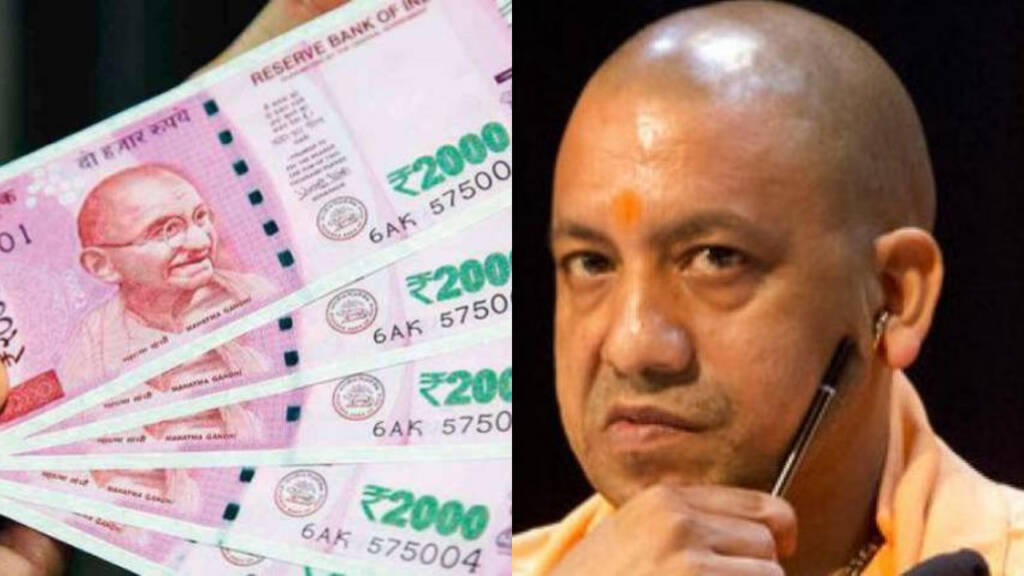In a very progressive step, the Yogi government is set to scrap The Uttar Pradesh Regulation of Money-Lending Act, 1976, under which the Sahukars, the unregistered and unregulated money-lenders who are very prominent in rural areas, functioned. The principal argument of the government is that almost every citizen of the state has a bank account, and therefore, they should utilize the institutional credit instead of going to moneylenders and helping continue the Sahukari System.
According to Vidhan Jaiswal, ADM Finance and Revenue, there are various government schemes like Mudra loan, Kisan Credit Cards (KCC), etc, through which the people can easily get loans at subsidized rates. The interest rate for many schemes such as the Mudra loan is as low as 4 per cent- less than average inflation. Whereas, the Sahukars provide loan at interest rates which go as high as 17 per cent. Therefore, the government wants to ban the Sahukari system altogether and push people towards formal credit.
The methods and practices used in the Sahukari system to collect the lent money and interest are questionable and sometimes this drives the poor people in debt, to take extreme steps like suicide. Therefore, the Yogi government is looking forward to scrapping the Uttar Pradesh Regulation of Money-Lending Act of 1976 and making the Sahukari system illegal.
The Uttar Pradesh government had asked the district administrators for a report on whether the Sahukari system needs to be continued at a time when people can open a bank account at zero balance, and they responded by saying that the Sahukari system is no longer needed, as it does more harm than good.
So, in the coming months, giving money on interest by unregistered entities will be illegal. And, people will be incentivized to access loans from the banks instead of Sahukars.
A few years ago, a majority of Indians did not have access to banking systems and more than half the rural population had no operational bank account. The financial inclusion programme of the Government of India was launched on August 15, 2014, and now has become a vehicle for many government schemes with 34 crore beneficiaries.
Bank accounts are important for implementing low-cost insurance schemes under the Pradhan Mantri Jeevan Jyoti Bima Yojana (PMJJBY) and Pradhan Mantri Suraksha Bima Yojana (PMSBY) at a large scale. Today the Modi government transfers thousands of rupees directly to the bank account of more than 14 crore farmers simultaneously, thanks to the financial inclusion scheme.
India has one of the lowest credit to GDP ratio (at around 56 per cent) in the world because people prefer relatives and Sahukars over bank credits. Compared to India’s 56 per cent, China has a credit to GDP ratio of around 134 per cent. The Modi government tried to improve people’s access to banks and institutional credit systems through financial inclusion but despite having a bank account, people see banks as the only safe havens to deposit their savings, not to take credit.
This is partly because the banking system in India was initially very complex and the public sector banks were too inefficient and too ‘out of touch’ to people. But, with the explosion of mobile banking and increasing rural penetration, it is important that the people see banks as a source of credit and not only as safe havens for savings, and the abolition of the Sahukari system is a positive step in that direction.
